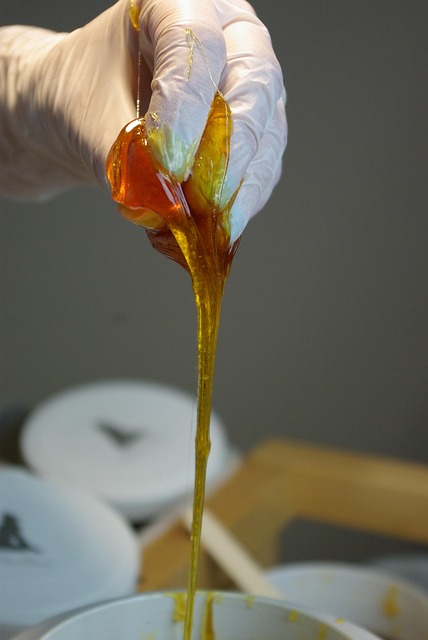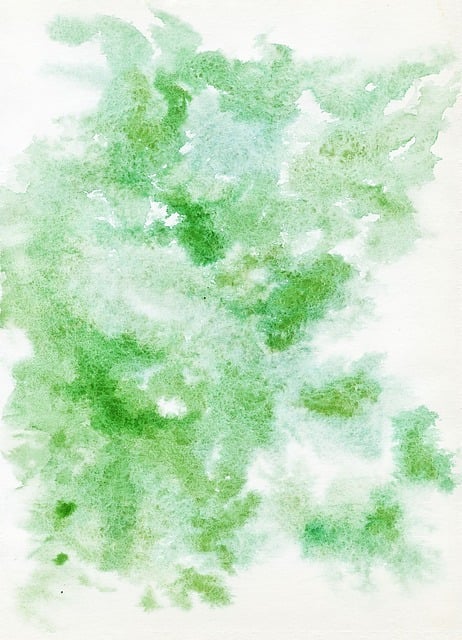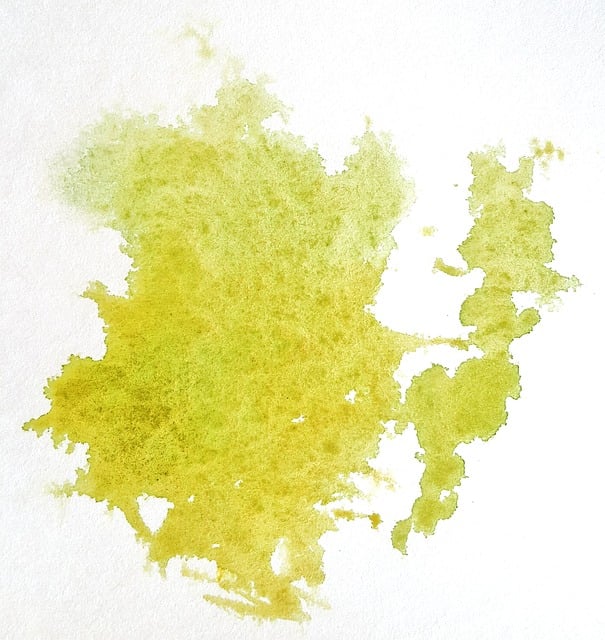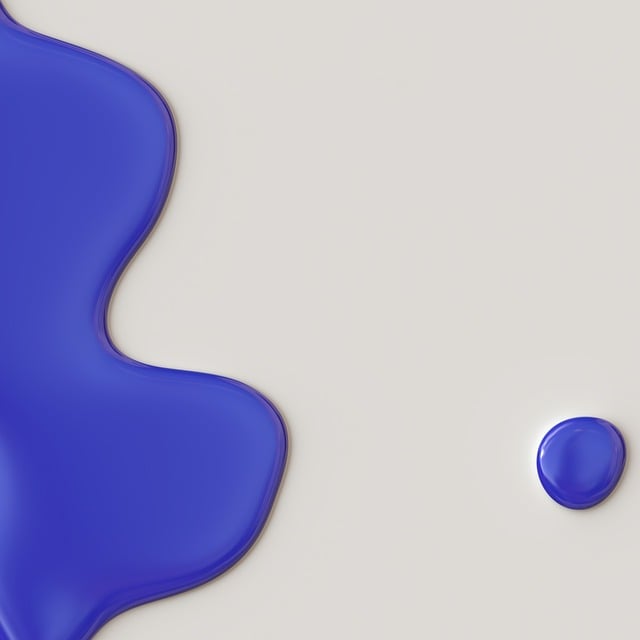Understanding your rug's fabric, stain types, and prompt action are key to effective stain removal. Different fibers require specialized care. Pre-treat stains by blotting and using suitable solutions like vinegar water. Common stains have specific treatments, while older ones need enzymes or professional cleaning. Enzymatic solutions and natural ingredients loosen deep stains. DIY methods with baking soda and vinegar are cost-effective but may not be as effective. Regular vacuuming, prompt blotting, and specialized cleaners preserve rug quality and vibrancy.
Looking to revive your rug’s vibrant colors? Understanding how to tackle stains is crucial for effective stain removal. This guide breaks down the intricate world of rug care, focusing on stain removal techniques from pre-treatment to DIY methods and professional cleaning. Learn about common stain types, set-in stain eradication, prevention tips, and more, empowering you with the knowledge to keep your rugs spotless. Discover expert insights for efficient and lasting stain removal.
Understanding Rug Fabric and Stains

Understanding the fabric and construction of your rug is key to effective stain removal. Different rug fibers, such as wool, silk, or synthetic blends, have unique properties and require specialized care. For instance, natural fibers like wool absorb dyes easily, making them more prone to color transfer during cleaning, while synthetic materials might be resistant to certain stains but can also be more delicate. Knowing the composition of your rug allows you to choose the right cleaning methods to avoid damaging the fabric or fading colors.
Stains on rugs can stem from various sources, including everyday spills, pet accidents, or foot traffic wearing down the fibers. Identifying the type of stain is crucial for effective removal. Common household stains like wine, coffee, and grease require quick action and specific treatments, whereas older, set-in stains might demand a different approach altogether. Understanding both the rug’s fabric and the nature of the stain enables you to employ suitable stain removal techniques, ensuring your rug looks as good as new.
Pre-Treatment: The First Step in Stain Removal

Pre-treatment is a crucial first step in effective stain removal for rugs. Before any cleaning solution or method is applied, it’s essential to identify and pre-treat the stain as soon as possible. This involves gently blotting the affected area with a clean, white cloth to absorb as much of the liquid or solid as possible, without rubbing which can spread the stain further. For dry stains, carefully scrape away any solid particles using a dull knife or spoon, being mindful not to damage the rug’s fibres.
Once the initial absorption and scraping are done, pre-treat the stain with a suitable solution. This could be a commercial stain remover recommended for the specific type of rug fibre, or a natural blend of equal parts white vinegar and warm water. Apply the solution directly to the stain, gently work it in, and let it sit for about 15 minutes to allow penetration. This pre-treatment step significantly enhances the cleaning process, making subsequent removal more effective.
Common Stain Types and Effective Solutions

Rugs, with their vibrant colors and textures, can be prone to various stains, from spills and dirt to pet accidents and ink marks. Understanding common stain types is the first step in effective stain removal. One of the most prevalent stains is food and drink spills, which can quickly damage a rug if not treated immediately. Blotting the liquid with a clean cloth or paper towel is the initial response, followed by rinsing the affected area with cool water to dilute the stain. For older or set-in stains, specialized stain removal products designed for rugs are essential. These solutions often contain enzymes that break down organic compounds, making them ideal for tackling grease, oil, and even pet messes.
Another common challenge is removing ink stains, which can be particularly difficult on delicate rug fibers. A quick response is crucial; blotting the stain with a damp cloth can help absorb some of the ink. Using a mild detergent or a dedicated ink remover, gently rub the stained area in the direction of the pile. For stubborn cases, professional cleaning services offer advanced techniques like steam cleaning, which not only removes stains but also deep cleans the rug, ensuring it’s safe for everyday use again.
Techniques for Removing Set-In Stains

Removing set-in stains from rugs can be a challenging task, but with the right techniques, it’s achievable. One effective method is to use specialized rug cleaning solutions designed for deep stain elimination. These products often contain powerful yet safe enzymes that break down the stain’s particles, allowing for easier removal. Apply the solution directly onto the stained area and gently rub it in using a soft-bristled brush or cloth; this will help loosen the stain and begin the cleaning process.
Another technique involves using natural ingredients commonly found around the house. Baking soda, for instance, is an excellent absorbent that can draw out stains. Sprinkle a generous amount of baking soda onto the affected rug area, let it sit for several minutes to absorb the stain, then gently scrub with a damp cloth or brush. For tougher stains, vinegar and water (in equal parts) can be used as a natural cleaning agent. Spray this mixture directly onto the stain and blot dry using a clean cloth, repeating until the stain is lifted.
Professional Cleaning vs DIY Methods

When it comes to stain removal for rugs, there are two primary approaches: professional cleaning and DIY methods. Professional services offer a comprehensive solution, particularly for stubborn or deep-seated stains. These experts utilize specialized equipment, advanced techniques, and high-quality detergents designed specifically for rug care. They can handle delicate fabrics and ensure the safest approach, which is crucial for preserving the rug’s quality and lifespan.
On the other hand, DIY stain removal methods are appealing to those who prefer hands-on cleaning or want to save costs. Common household items like baking soda, vinegar, and mild detergents are often used. While these can be effective for minor stains, they might not deliver the same level of thoroughness as professional services. For more severe cases, DIY approaches may only lead to temporary solutions or further damage if not done correctly.
Tips for Preventing Future Stains

To prevent future stains, regular cleaning is key for maintaining your rug’s beauty. Vacuuming is an essential step to remove loose dirt and debris that can lead to staining. Aim to vacuum high-traffic areas more frequently—at least once or twice a week. Additionally, promptly addressing spills is crucial. Blotting the stain with a clean cloth or paper towel can prevent it from setting. Avoid rubbing, as this can spread the stain further.
Treating stains early with suitable stain removal methods can save your rug from permanent damage. Using natural, enzymatic cleaners or specialized rug shampoos is effective for many types of spills. Always test any cleaning solution on a small, inconspicuous area first to ensure it won’t cause discoloration. Regular professional cleaning and spot treatments will contribute to the longevity of your rug, keeping it looking vibrant and stain-free.
